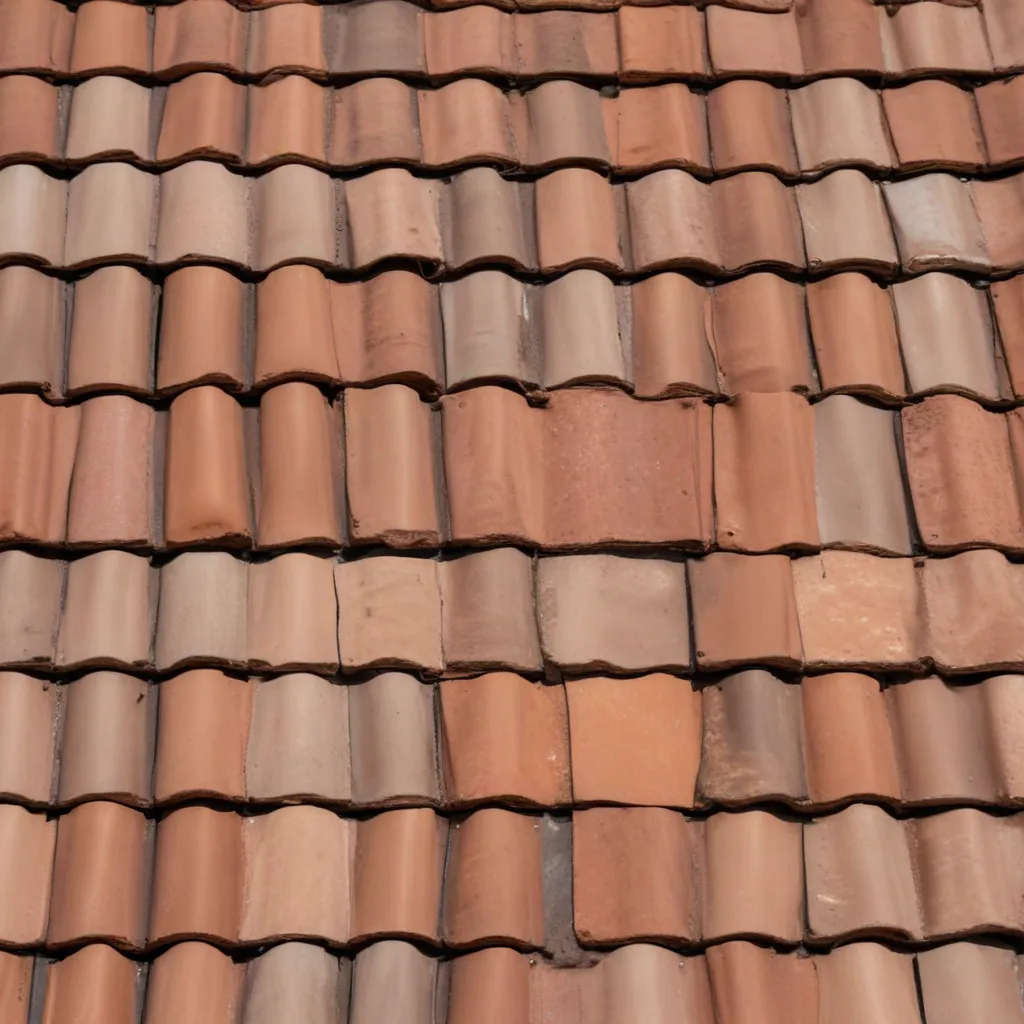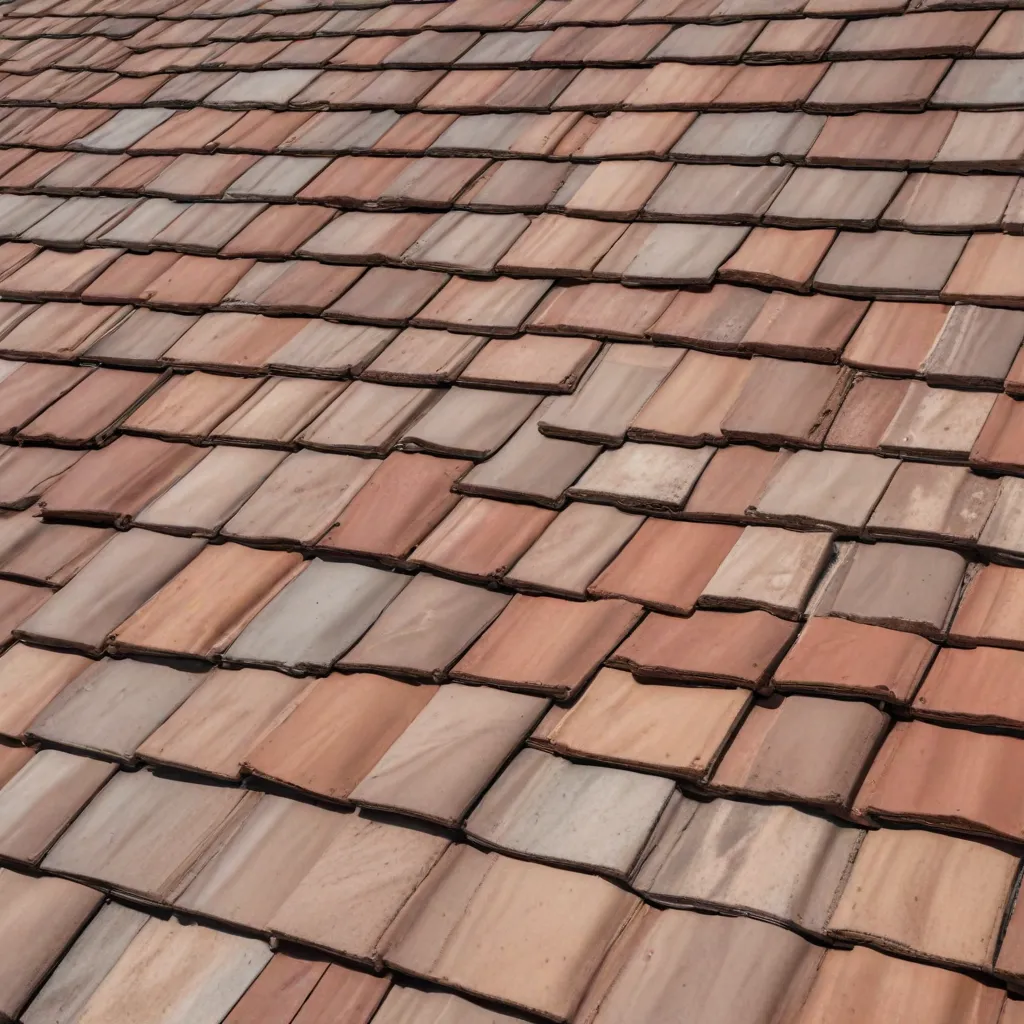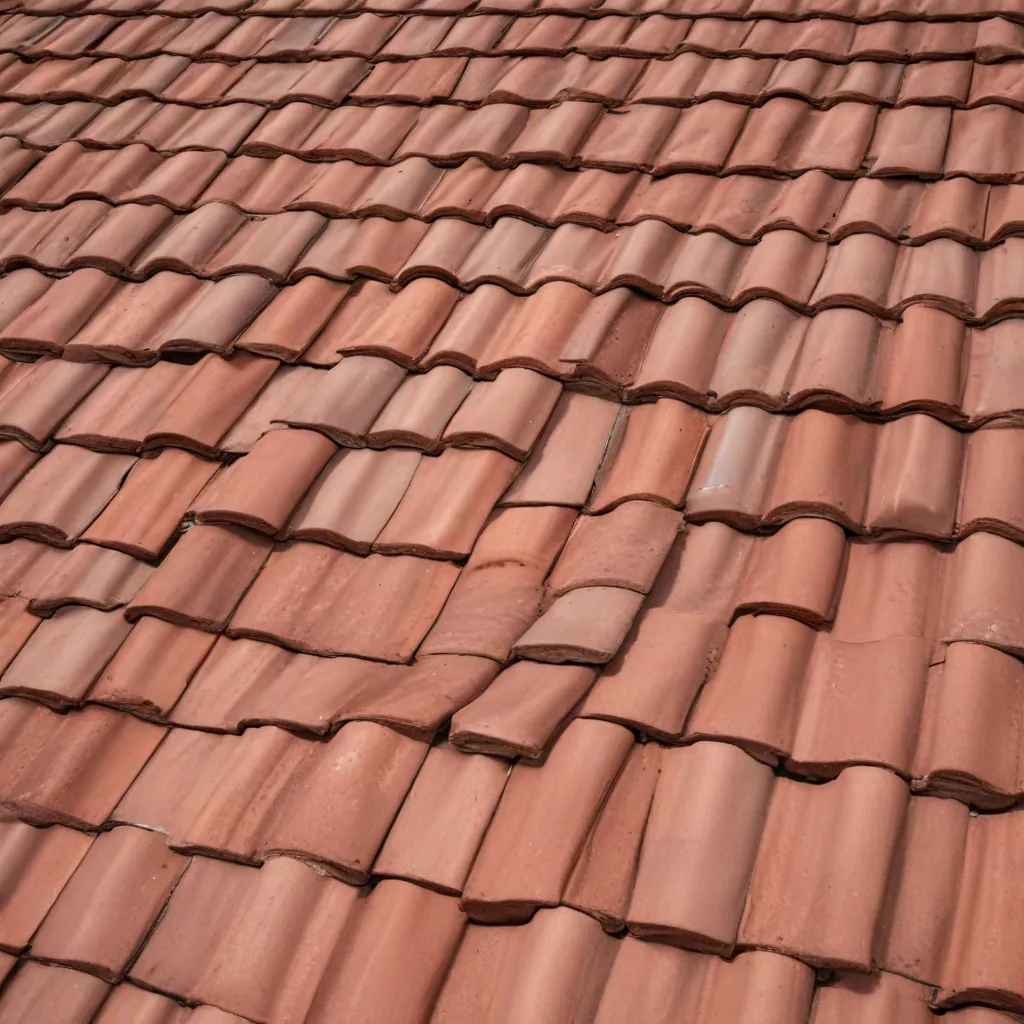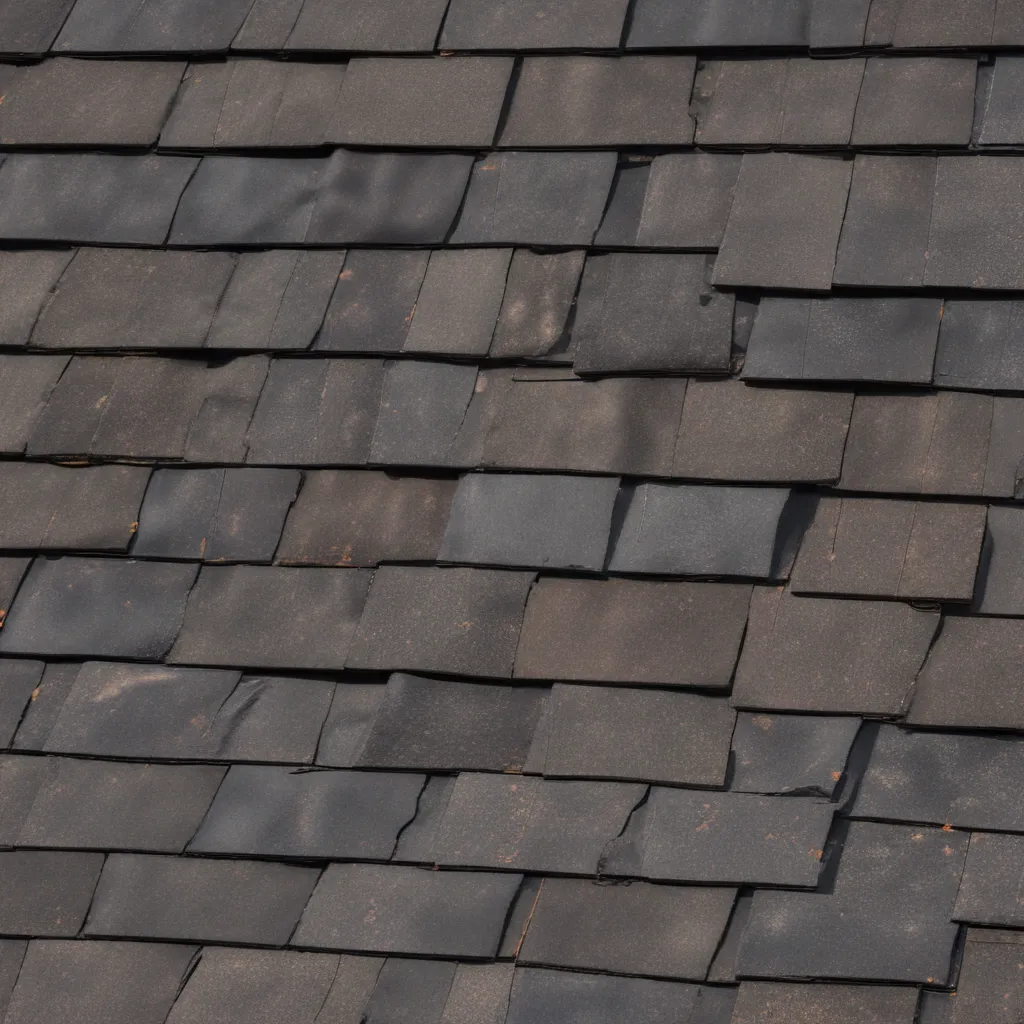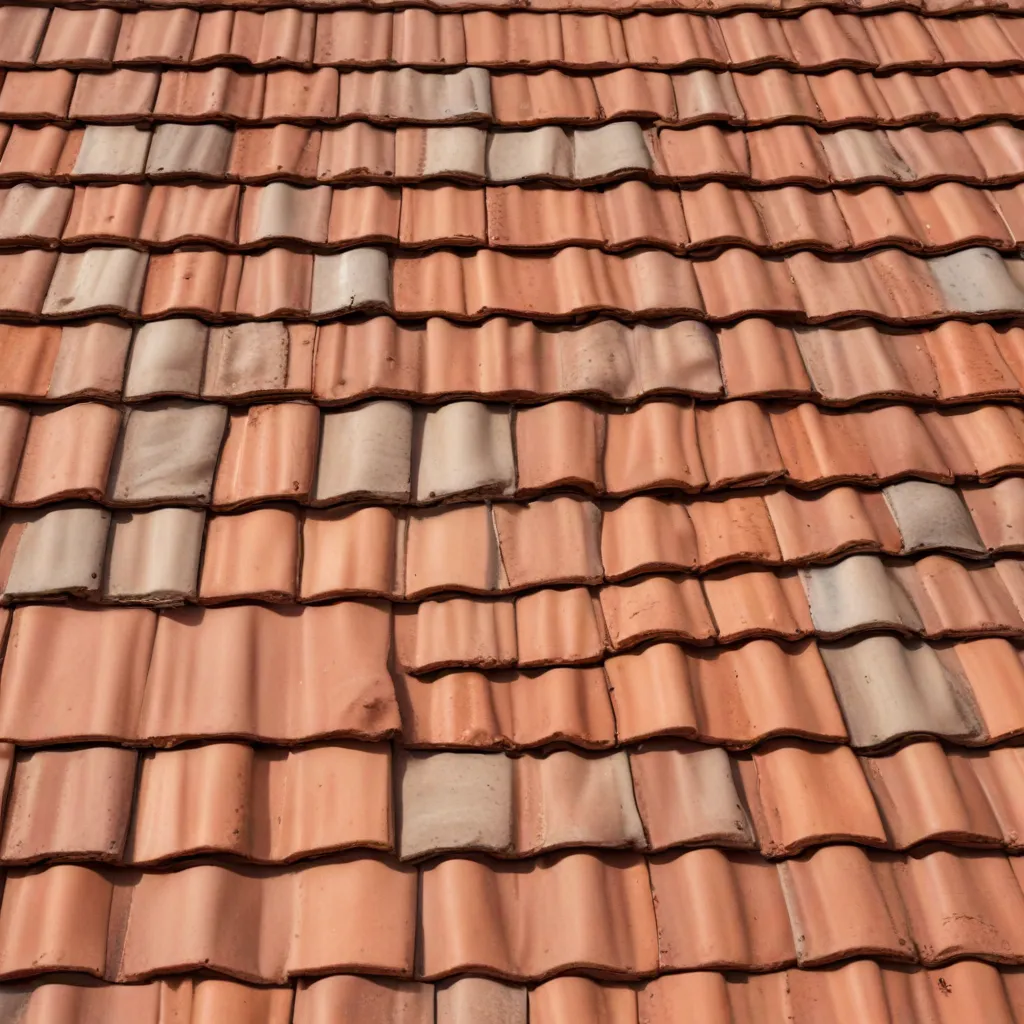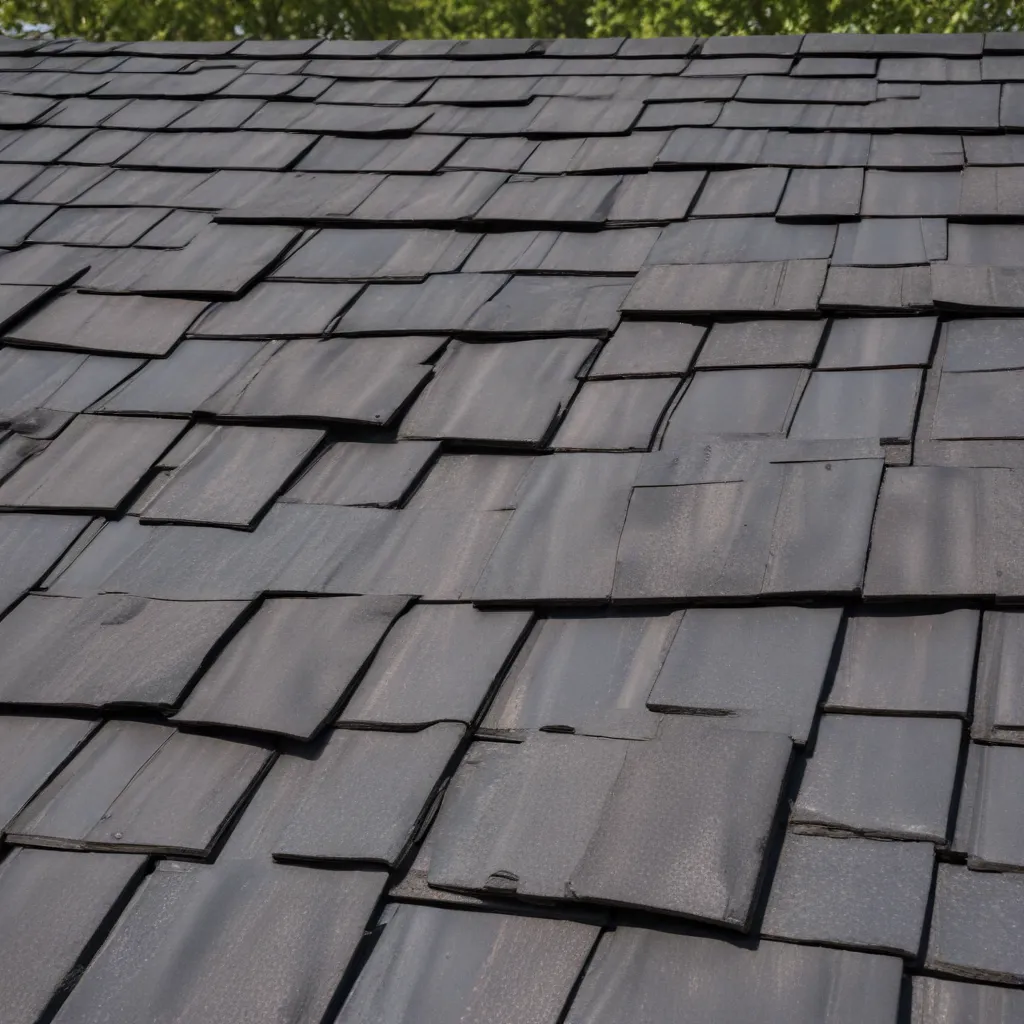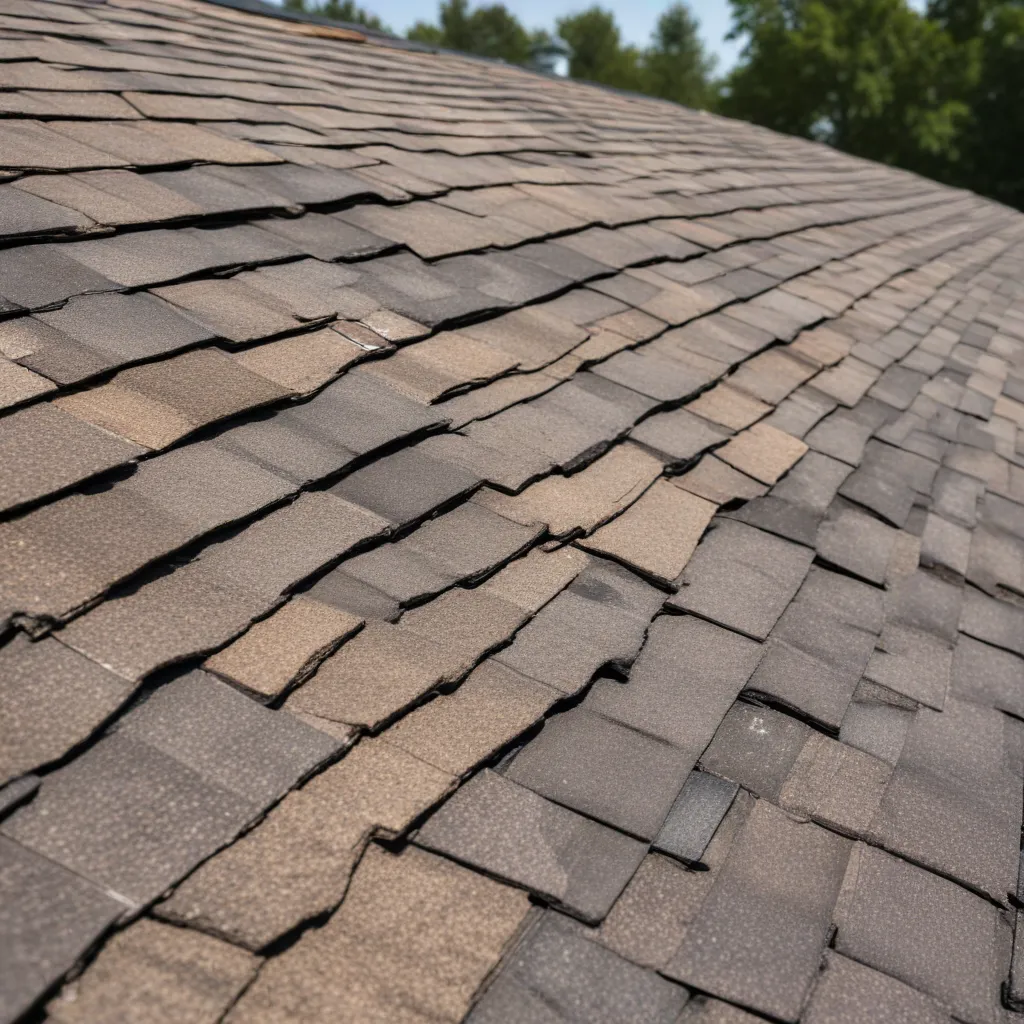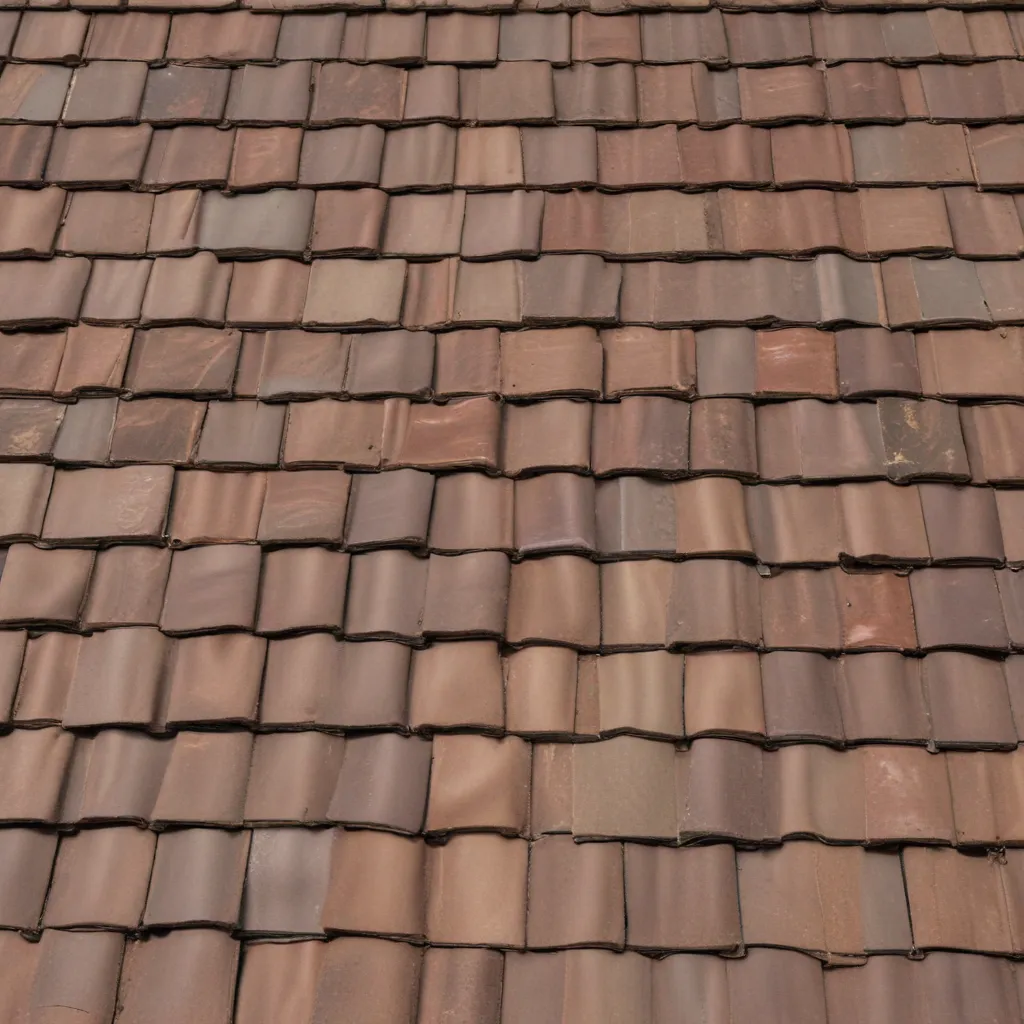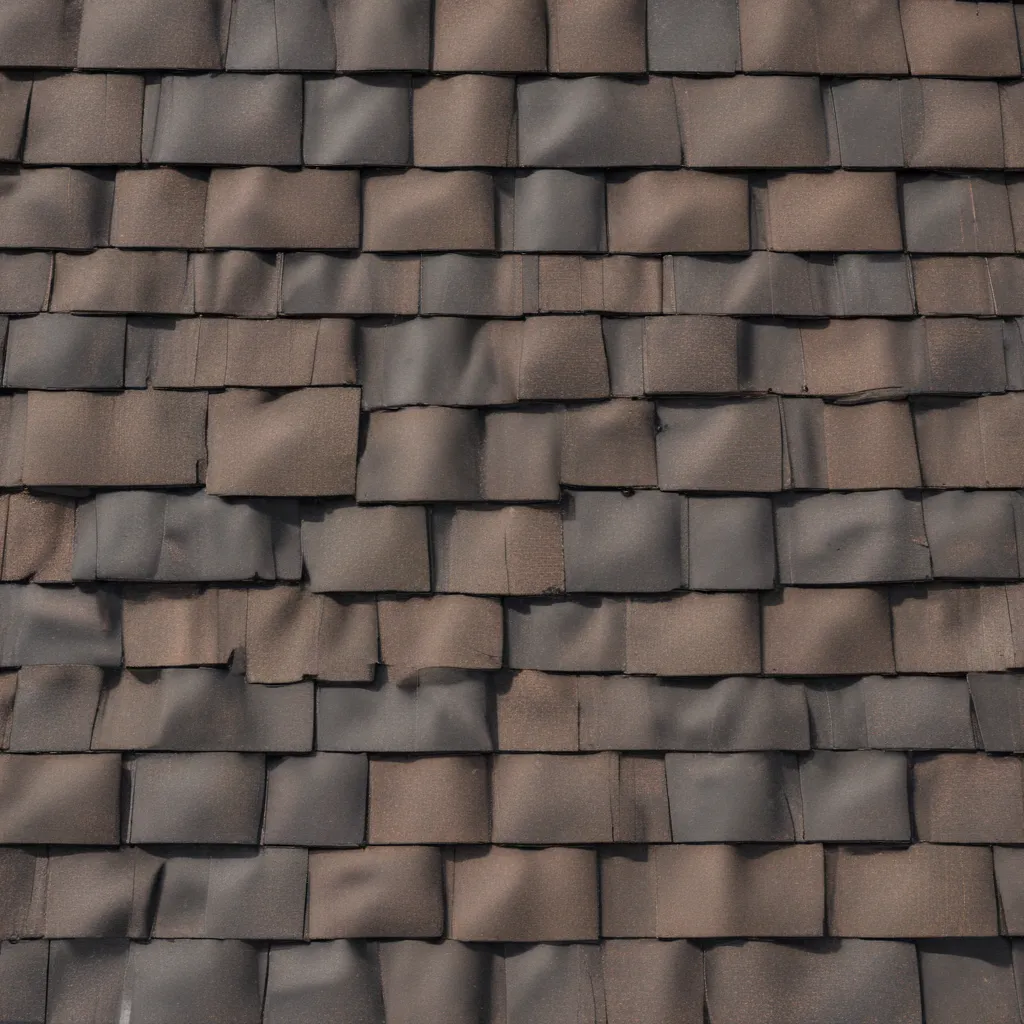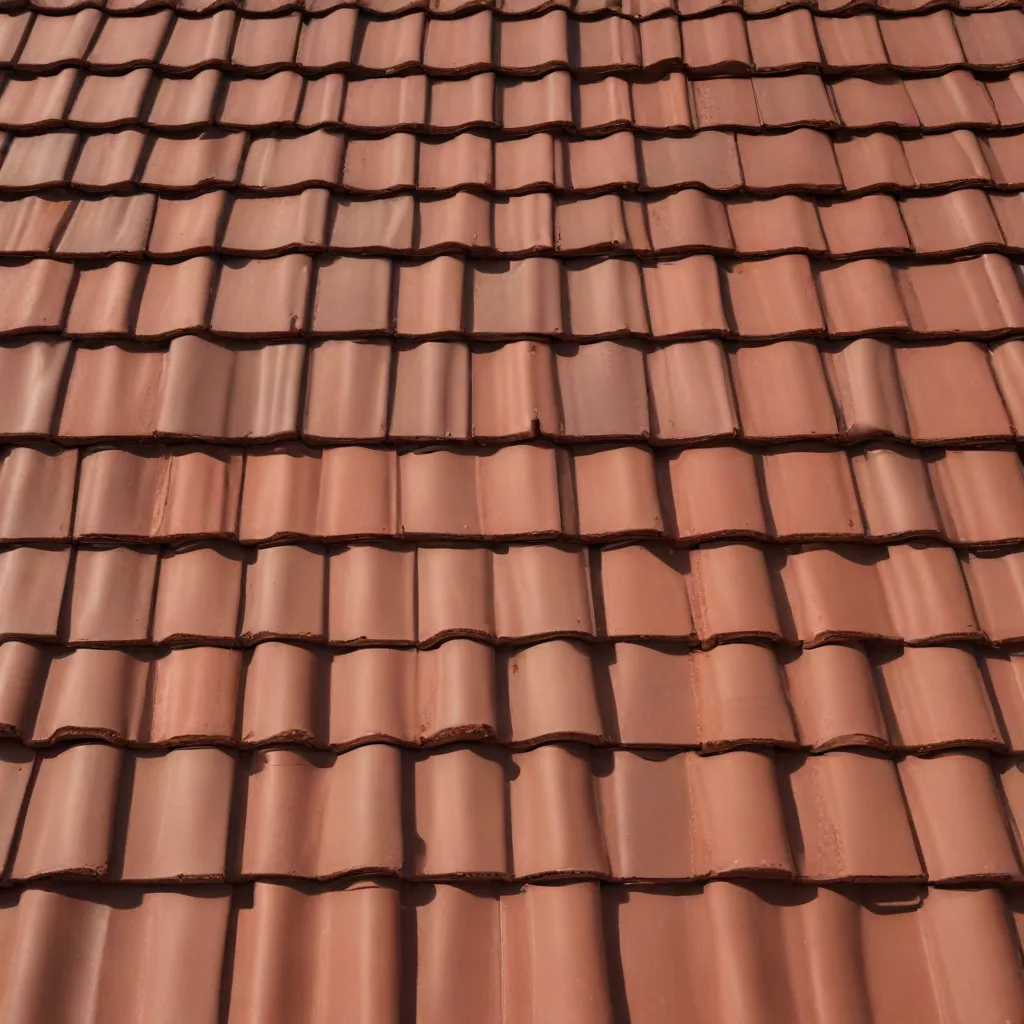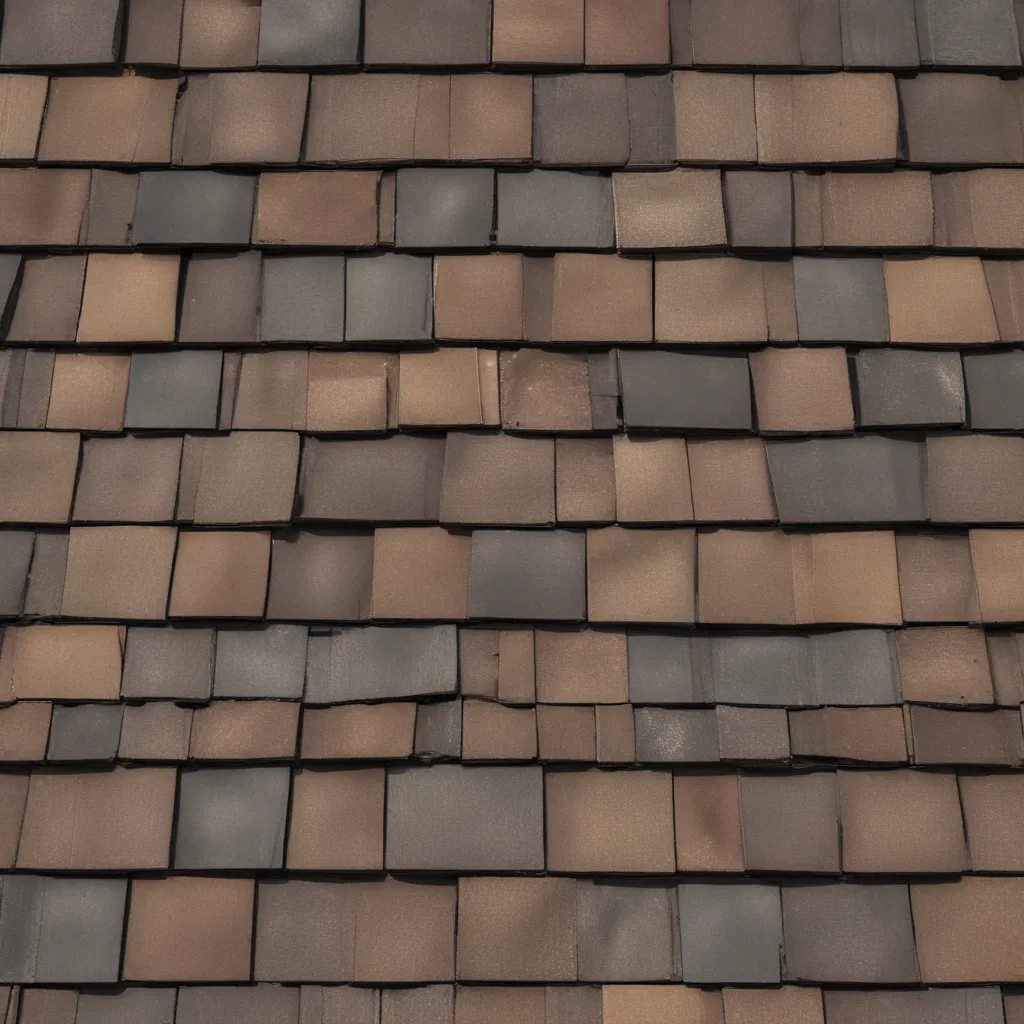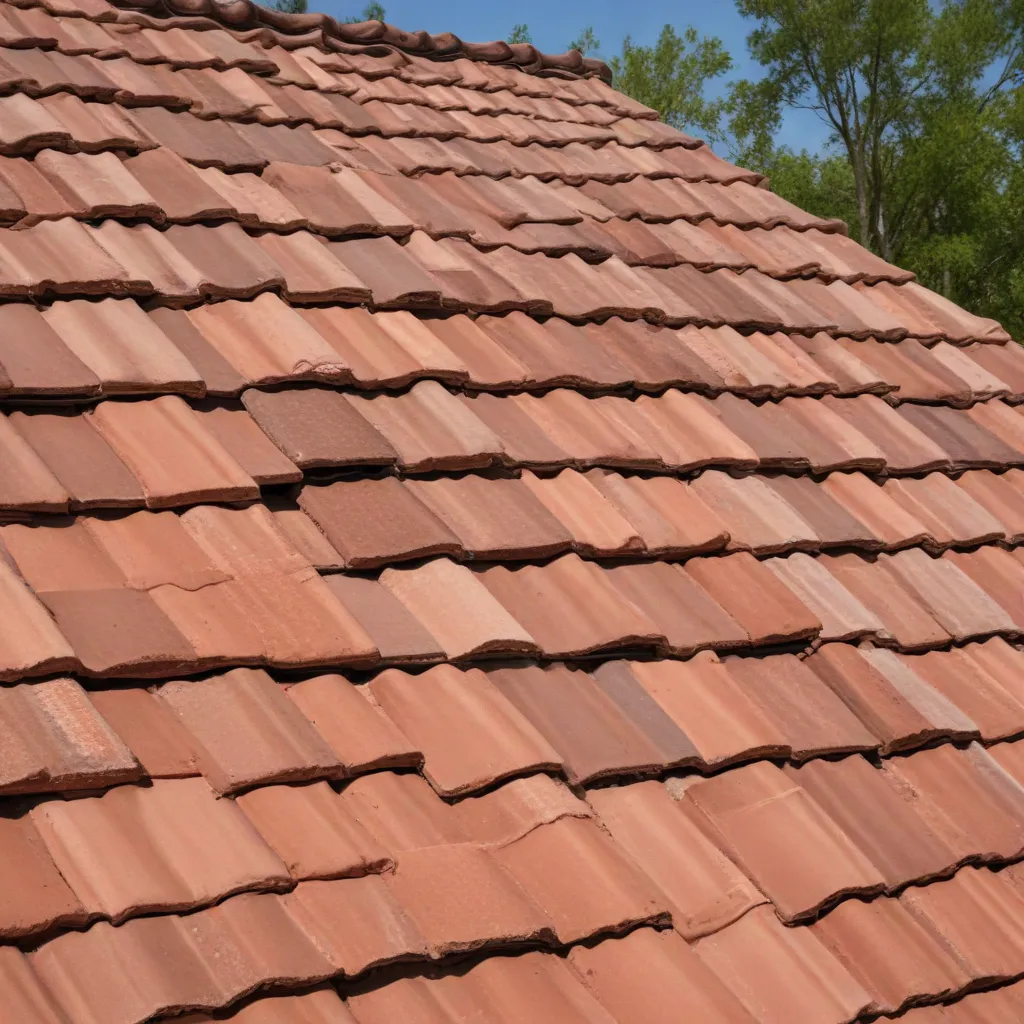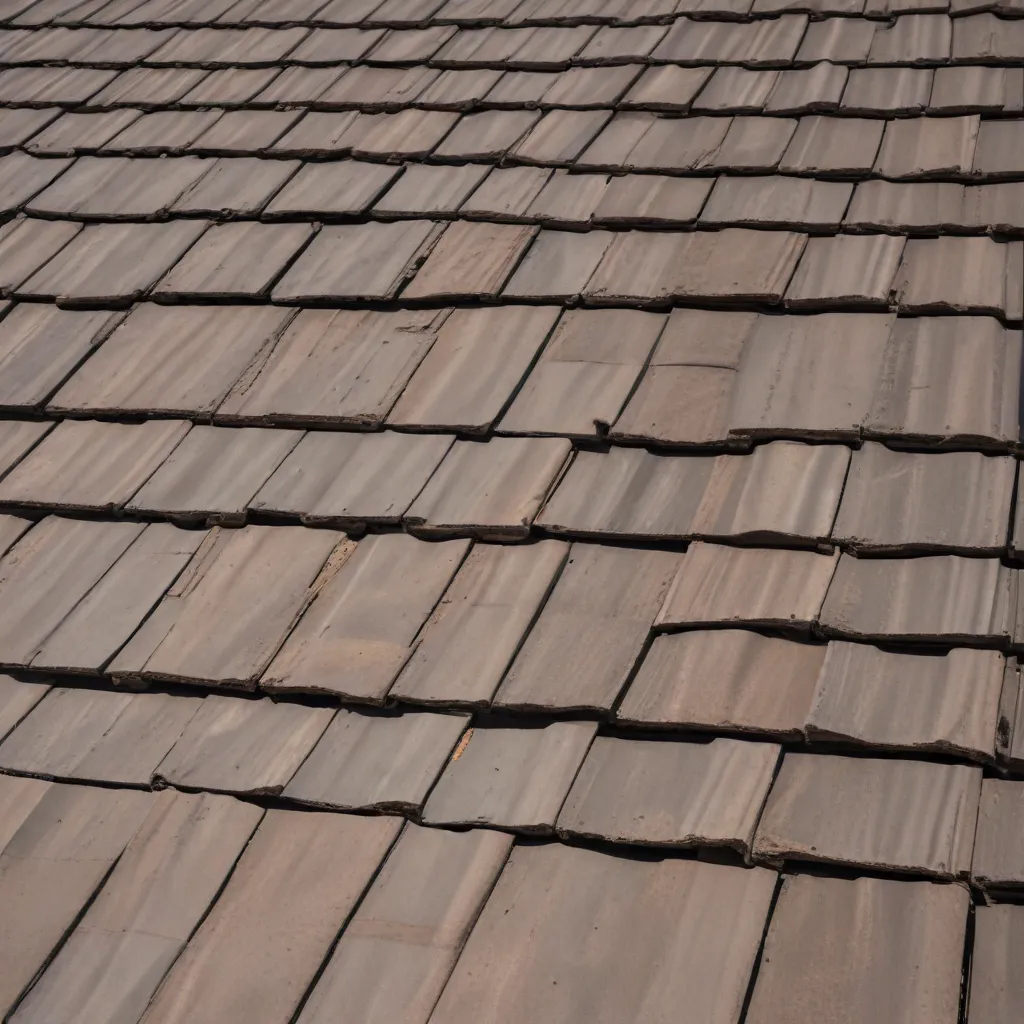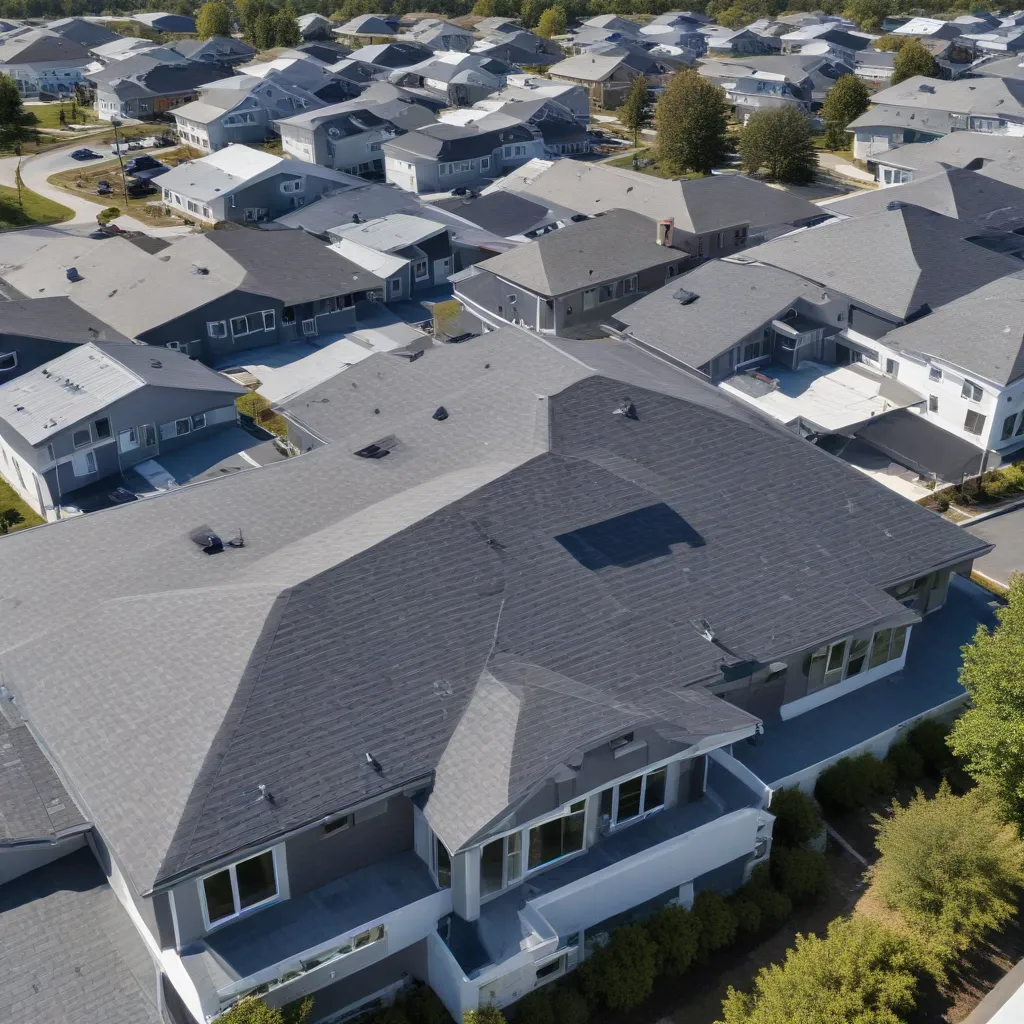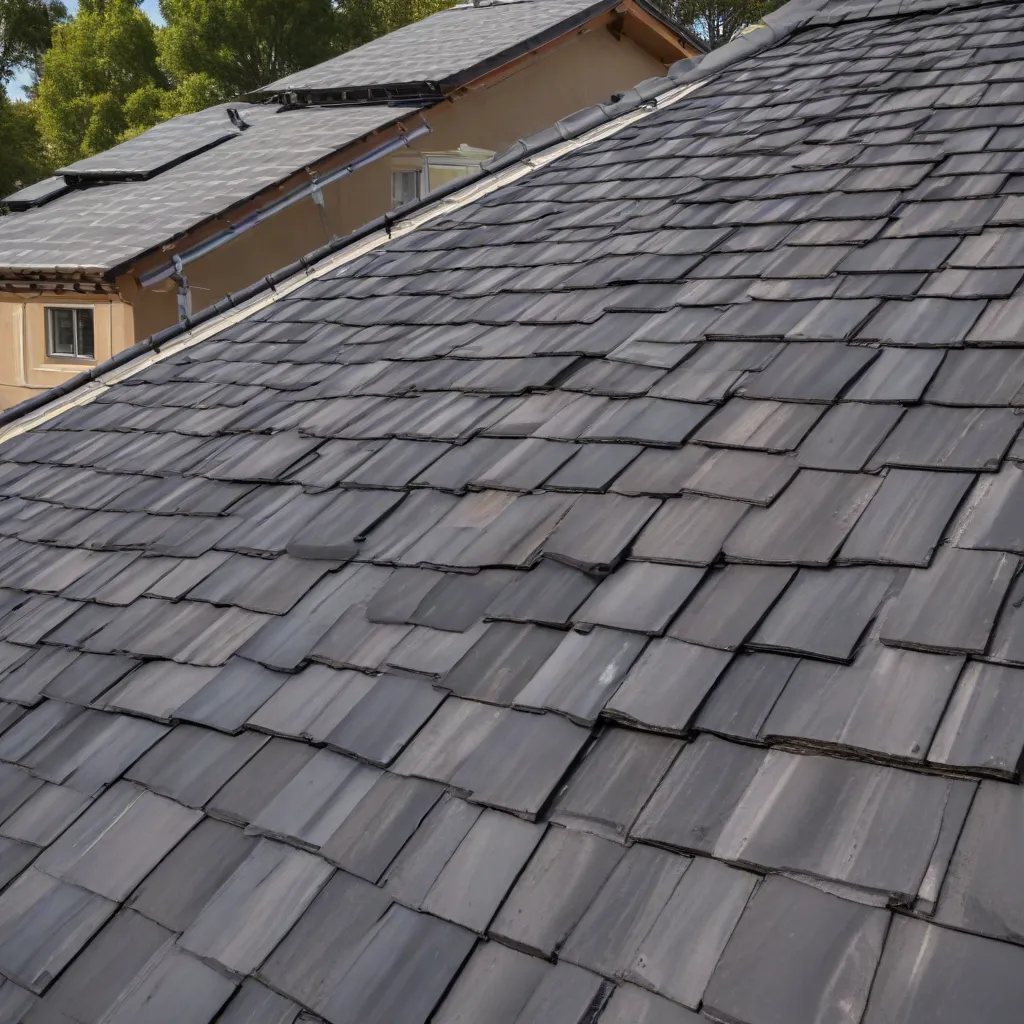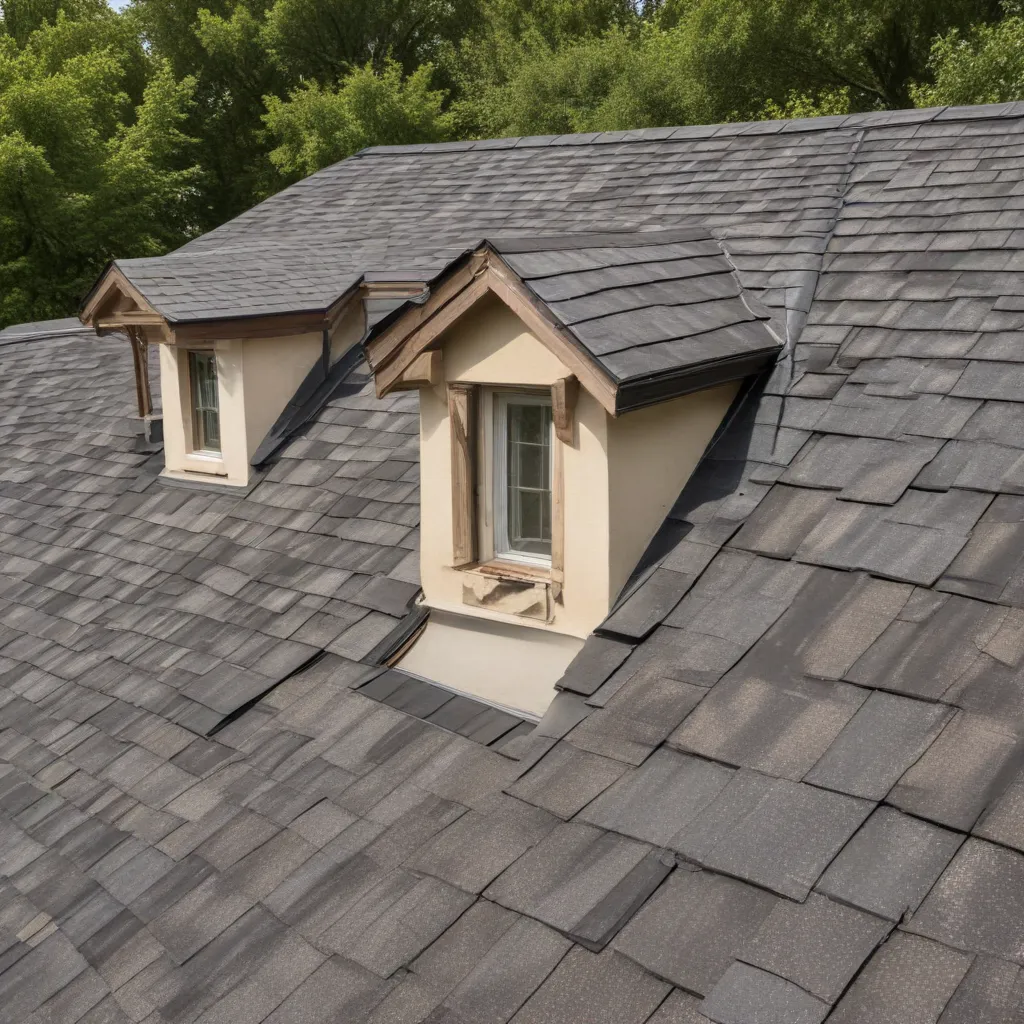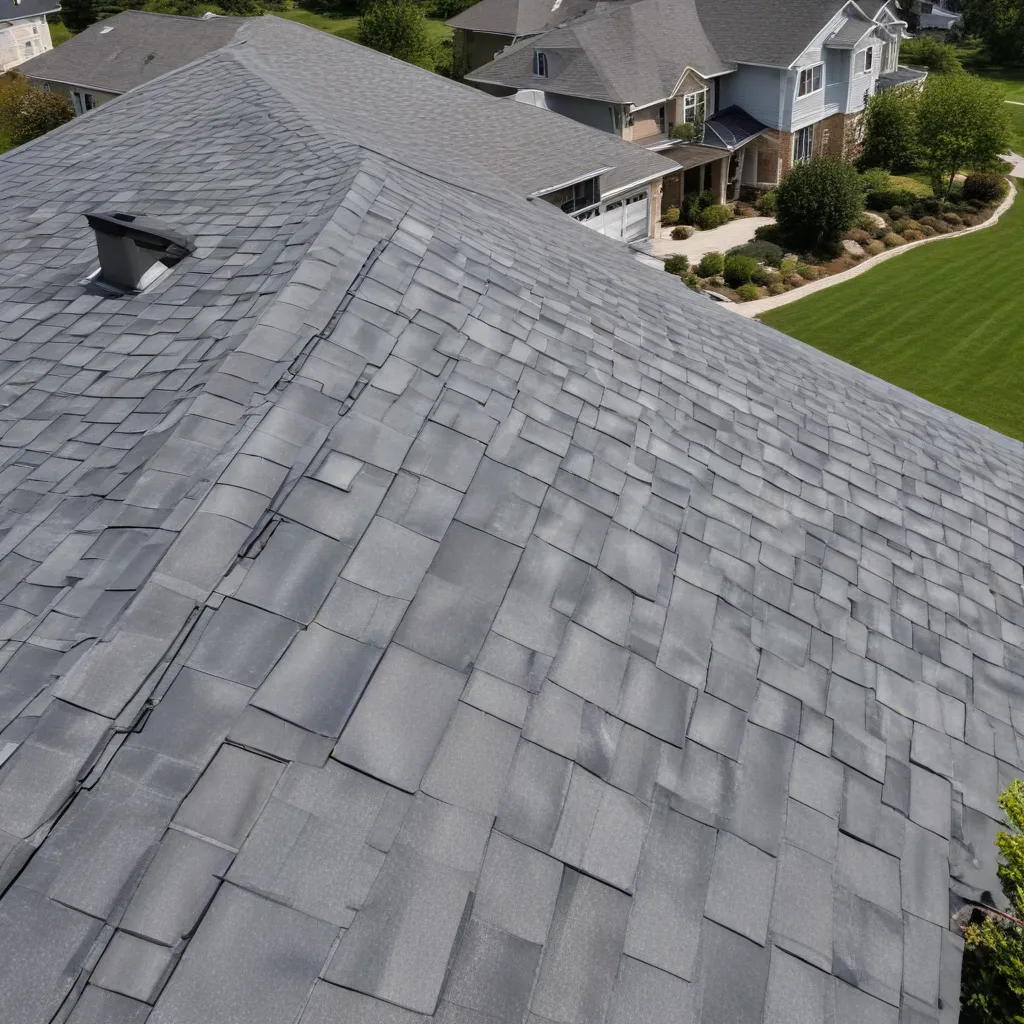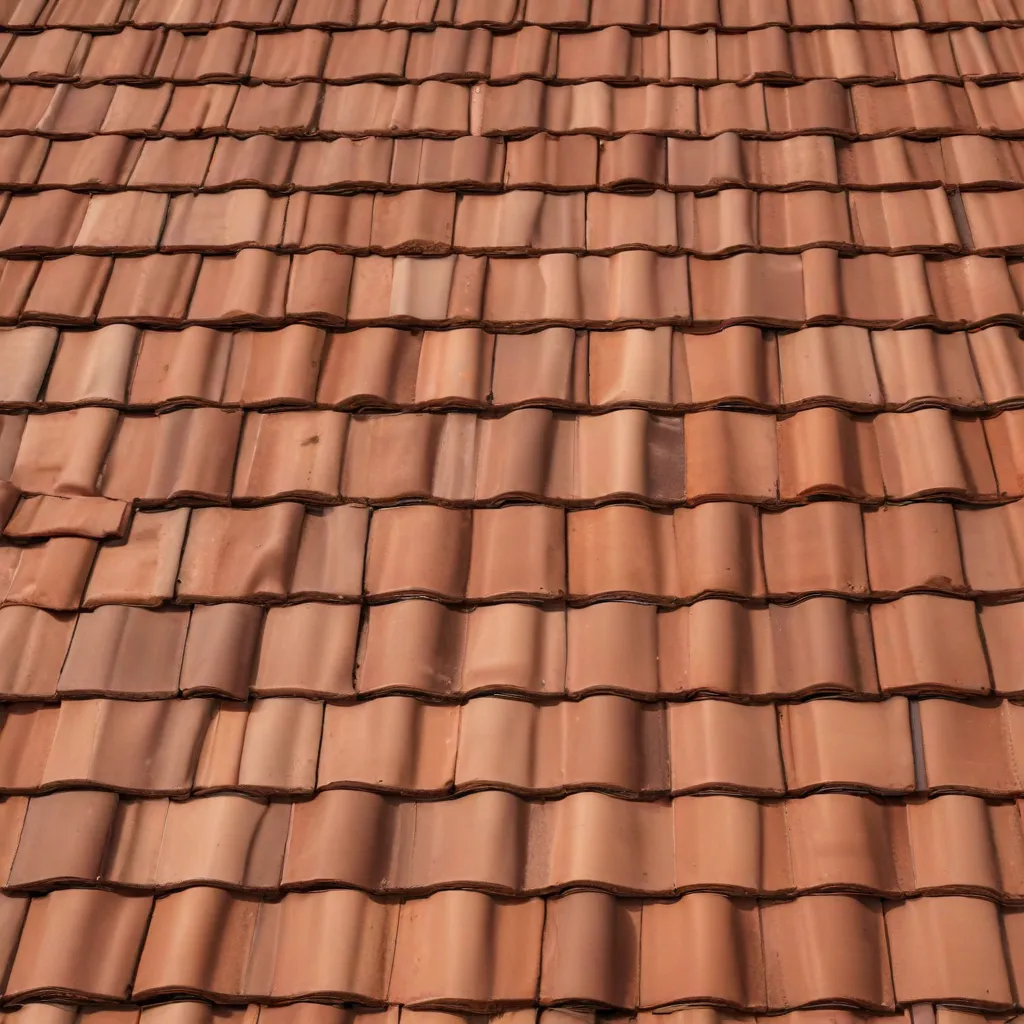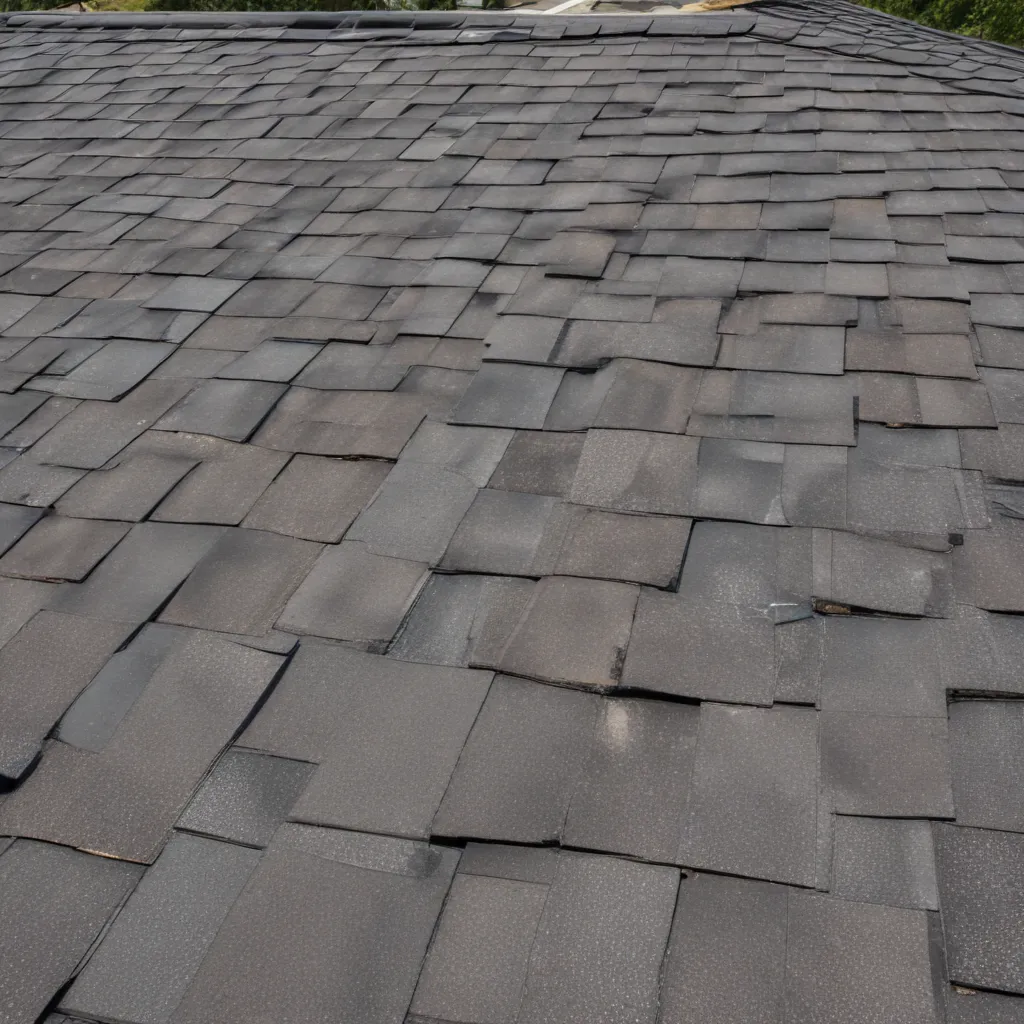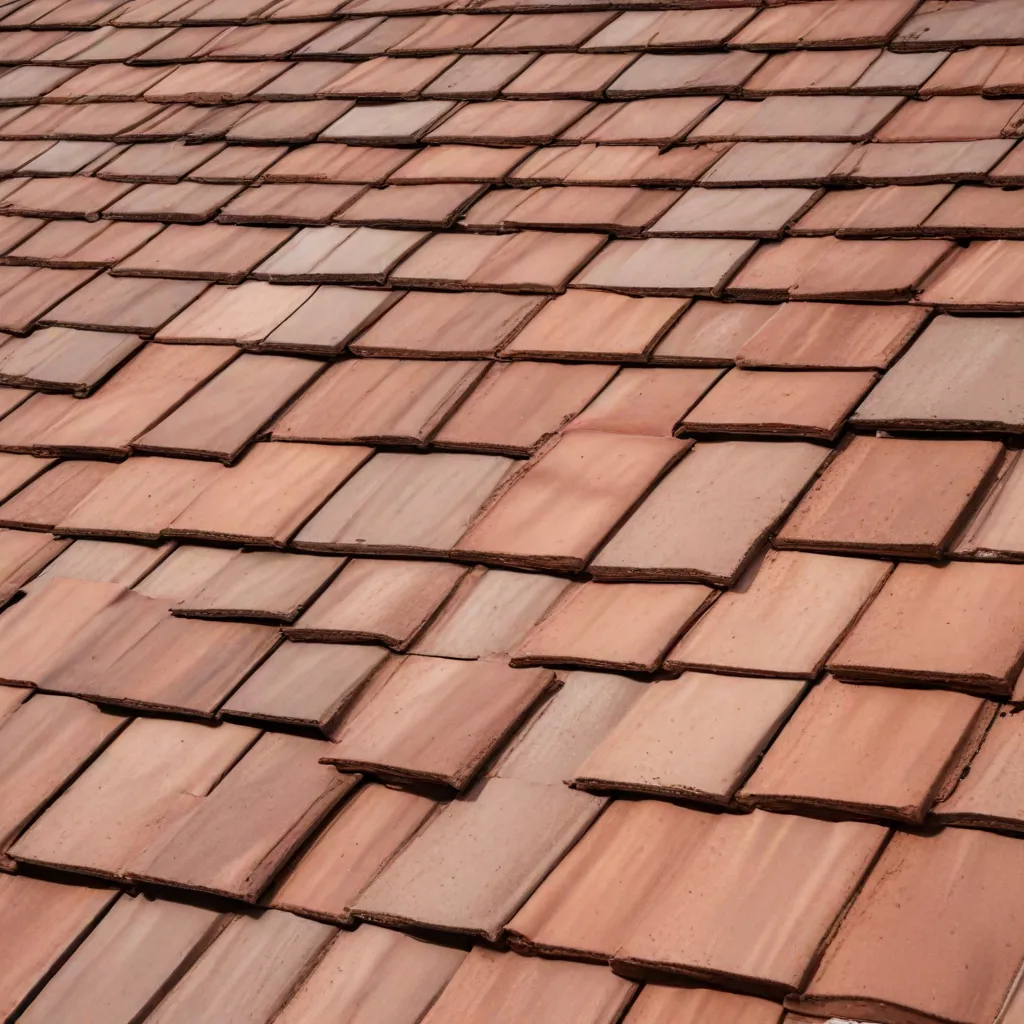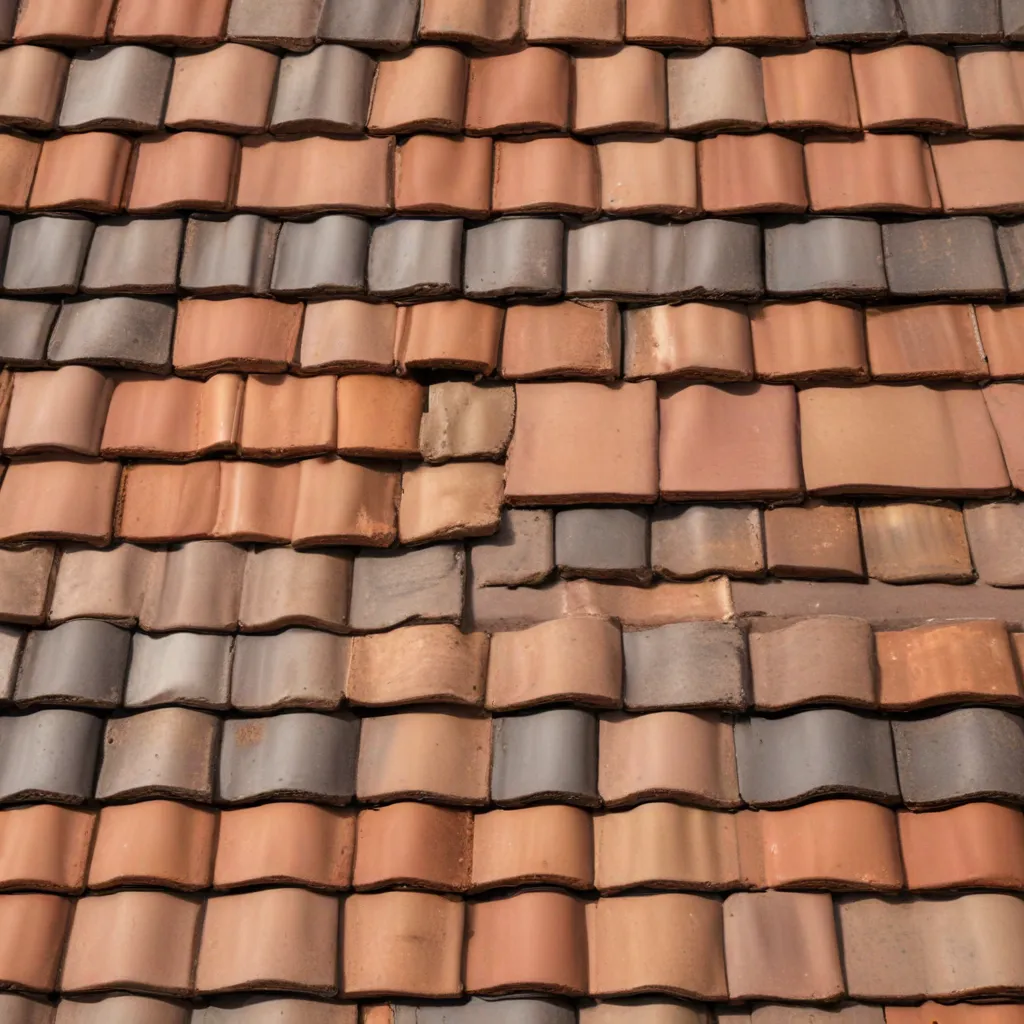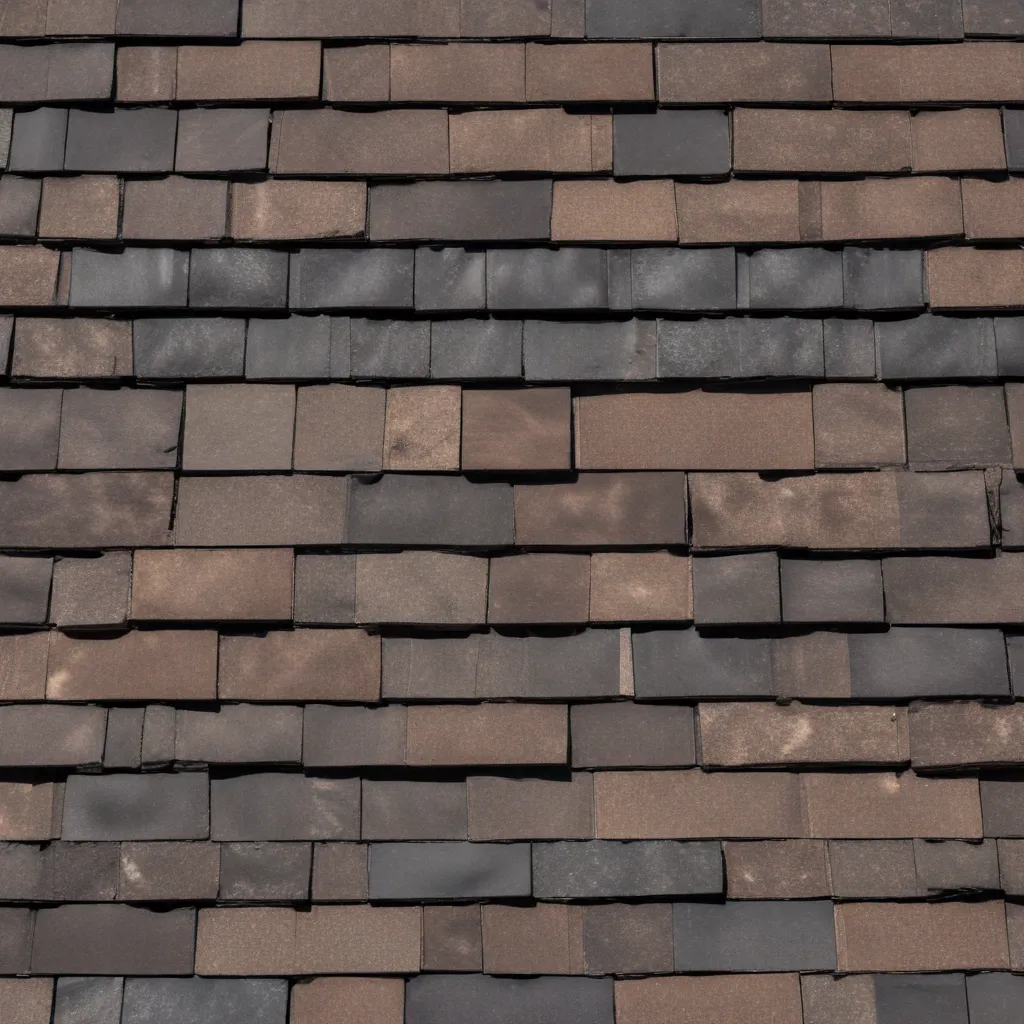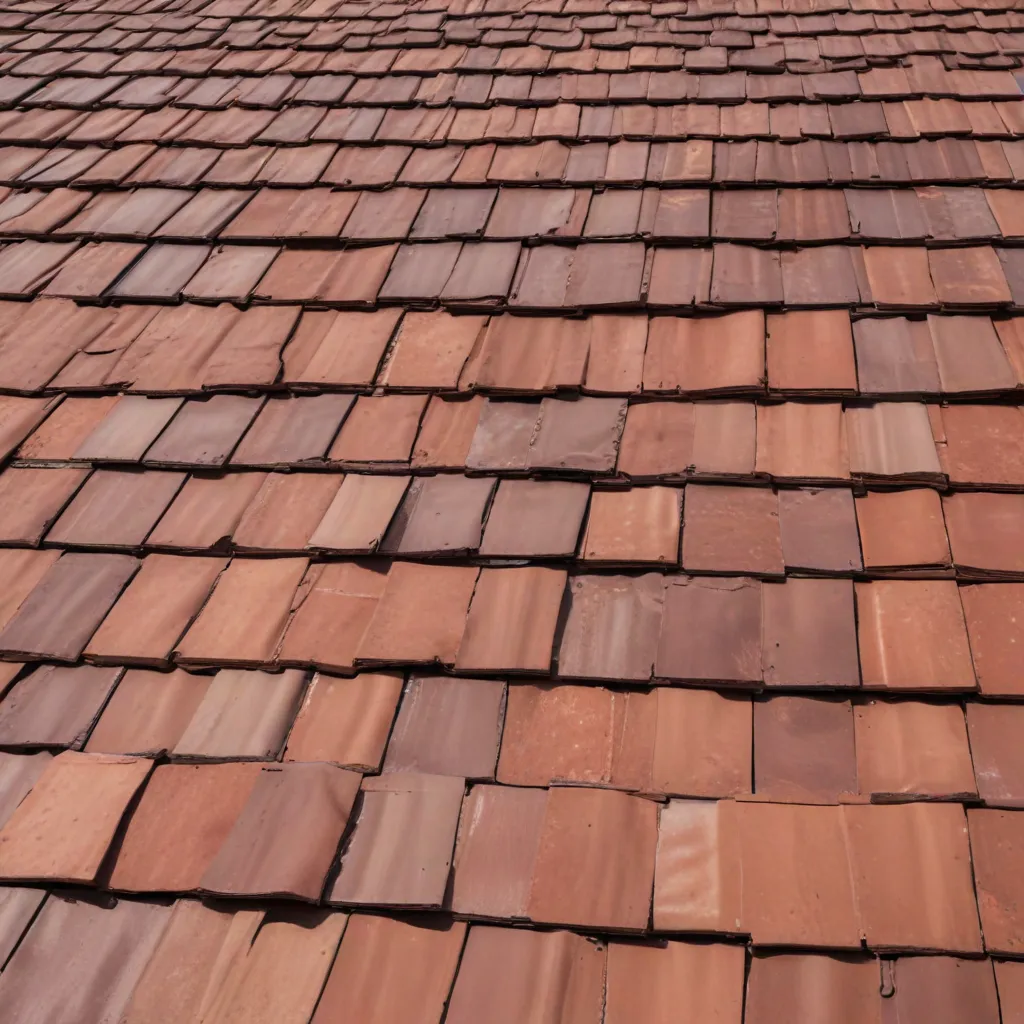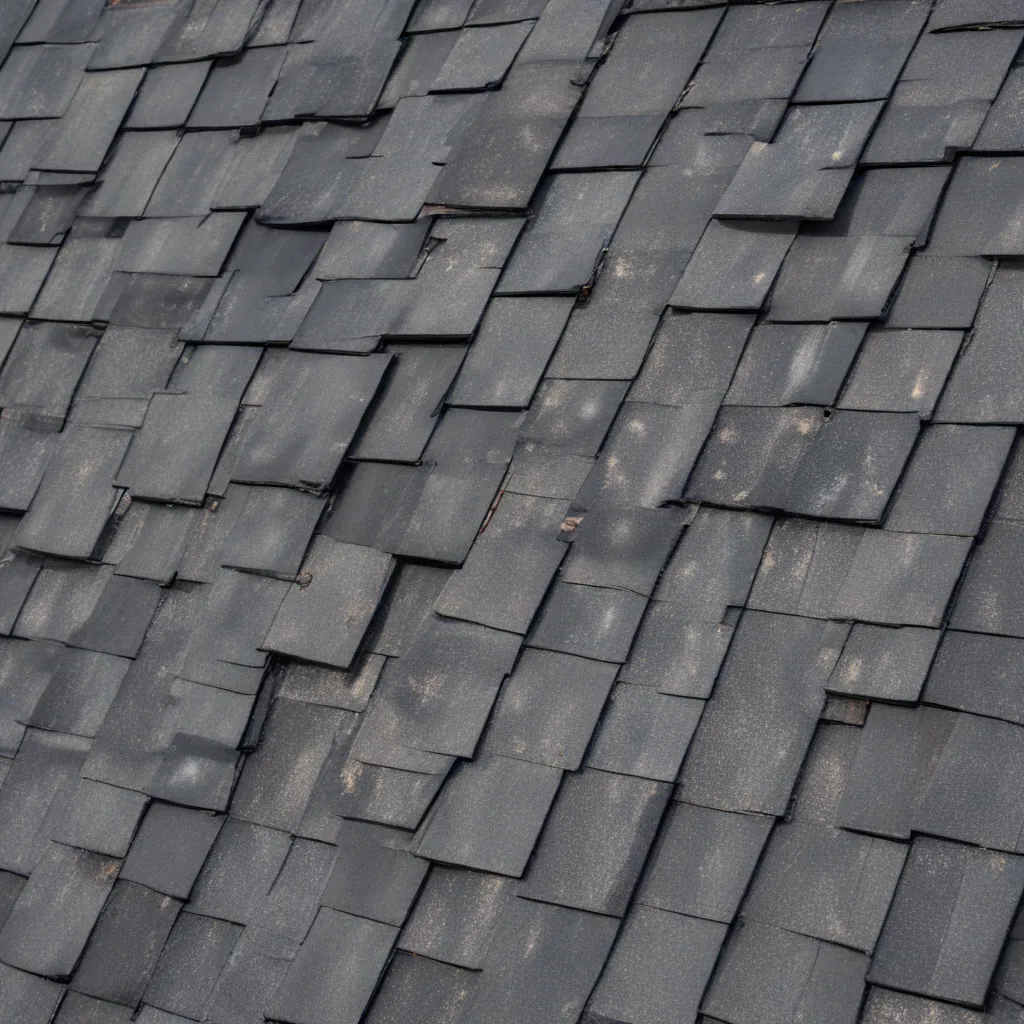
Maintaining the integrity and performance of your roof is a critical aspect of protecting your home or building. Unlike many other components, your roof is constantly exposed to the elements, enduring the daily onslaught of weather, temperature fluctuations, and environmental stresses. Proper roof maintenance is essential for maximizing its lifespan, enhancing energy efficiency, and avoiding costly repairs down the line.
At the heart of an effective roofing maintenance strategy lies the routine inspection. Roof inspections are the cornerstone of proactive care, allowing you to identify issues early and address them before they escalate. Whether you own a residential property or manage a commercial building, regular inspections can uncover potential problems, optimize performance, and safeguard your investment.
Importance of Routine Inspections
Regular evaluations of your roof’s condition are crucial for maintaining its long-term integrity. While it may be tempting to neglect your roof until a problem arises, this reactive approach can lead to significantly greater expenses and disruption. By adopting a proactive maintenance mindset, you can stay ahead of potential issues and ensure your roof continues to provide reliable protection for years to come.
Routine inspections offer several key benefits:
Early Issue Identification: Regular assessments allow you to identify minor problems before they escalate into major, costly repairs. Catching issues like missing shingles, flashing deterioration, or drainage blockages early can prevent water intrusion, structural damage, and other serious consequences.
Maximized Lifespan: By addressing problems promptly and implementing preventive measures, you can extend the overall lifespan of your roofing system. This can save you the substantial expense of premature roof replacements, which can be a significant financial burden.
Improved Performance: Routine inspections and maintenance can help optimize your roof’s performance, ensuring it continues to provide the necessary protection, thermal insulation, and energy efficiency your home or building requires.
Compliance and Safety: Maintaining your roof in good condition can also help you comply with local building codes, insurance requirements, and safety standards, potentially reducing your liability and insurance costs.
Inspection Methodology
Conducting an effective roof inspection requires a comprehensive, methodical approach. It’s not enough to simply walk around the exterior and visually scan the surface. A thorough inspection should involve both visual assessments and professional evaluations to identify any existing or potential issues.
Visual Assessments
Start by carefully examining the visible aspects of your roof, both from the ground and, when possible, by accessing the roof surface itself. Look for signs of wear, such as missing, cracked, or curling shingles, damaged sealants, or deteriorating flashing. Check for proper drainage, ensuring that gutters and downspouts are clear and directing water away from the building.
Additionally, inspect the roof’s surrounding areas, including the fascia, soffits, and eaves. These components play a crucial role in maintaining the overall structural integrity and weather resistance of your roofing system.
Professional Inspections
While visual assessments can uncover many obvious problems, a professional roof inspection conducted by an experienced roofer is essential for a thorough evaluation. These experts have the knowledge, tools, and experience to delve deeper into the condition of your roof, identifying issues that may not be readily apparent to the untrained eye.
During a professional inspection, the roofer will typically:
- Perform a comprehensive examination of the roof’s materials, including an assessment of their weatherproofing, insulation, and structural integrity.
- Evaluate the efficiency and performance of the underlayment, ventilation systems, and drainage components.
- Check for signs of water intrusion, mold, or structural damage that could compromise the roof’s long-term durability.
- Provide a detailed report outlining their findings, recommendations for repairs or maintenance, and an estimated timeline for any necessary work.
By combining visual assessments with professional inspections, you can gain a comprehensive understanding of your roof’s condition and proactively address any issues before they escalate.
Roof Maintenance
Proactive maintenance is the key to ensuring your roof’s long-term performance and preserving its value. Preventive measures can help you avoid costly emergency repairs and extend the lifespan of your roofing system.
Preventive Measures
One of the primary goals of routine roof inspections is to identify potential issues before they become significant problems. By addressing minor problems promptly, you can prevent them from growing into larger, more expensive repairs.
This may involve:
- Repairing or replacing damaged or missing shingles, tiles, or metal panels.
- Resealing flashings around chimneys, vents, or other roof penetrations.
- Clearing debris from gutters and downspouts to maintain proper drainage.
- Addressing roof leaks or moisture intrusion before they lead to water damage.
- Evaluating the condition of the underlayment and considering upgrades or replacements as needed.
By staying on top of these preventive maintenance tasks, you can significantly extend the lifespan of your roof and avoid the headaches and expenses associated with more extensive repairs.
Material Considerations
The specific maintenance requirements for your roof will depend on the type of roofing materials used. Tile roofs, metal roofs, and composite shingles each have their own unique characteristics and maintenance needs.
For example, tile roofs may require more frequent inspections to check for cracked or displaced tiles, while metal roofs may need periodic cleaning to maintain their reflective properties and prevent the buildup of debris. Composite shingle roofs, on the other hand, may require more vigilance in identifying and addressing granule loss or curling.
Staying informed about the unique properties and maintenance requirements of your roofing materials can help you develop a tailored maintenance plan that keeps your roof in top condition.
Roof Performance
A well-maintained roof not only protects your home or building from the elements but also contributes to its overall structural integrity and energy efficiency.
Structural Integrity
Your roof is designed to withstand a variety of environmental stresses, including high winds, heavy snow loads, and even seismic activity. Regular inspections and proactive maintenance can help ensure that your roof maintains its load-bearing capacity and continues to provide the necessary weather resistance and safety for your property.
By addressing issues like structural weaknesses, deteriorating fasteners, or compromised weatherproofing, you can safeguard your building and its occupants from the potentially devastating consequences of a roof failure.
Energy Efficiency
Your roof also plays a crucial role in your property’s energy efficiency. The insulation properties of your roofing materials, as well as their reflective characteristics, can significantly impact the amount of heat that enters or escapes your building.
By maintaining your roof’s thermal performance through proper ventilation, insulation upgrades, and the use of energy-efficient roofing materials, you can reduce your energy costs, minimize your carbon footprint, and contribute to a more sustainable future.
Long-Term Planning
Effective roof maintenance requires a proactive, long-term approach that considers both the immediate and future needs of your roofing system.
Budgeting
Investing in routine inspections and preventive maintenance can be a game-changer when it comes to managing your roofing budget. By addressing small issues before they escalate, you can avoid the significant expense of major repairs or premature roof replacements.
When planning your roofing budget, factor in the costs of regular inspections, preventive maintenance, and any necessary repairs. Additionally, consider replacement forecasting, which can help you anticipate and plan for the eventual need to replace your roof, allowing you to spread out the financial impact over time.
Regulatory Compliance
Maintaining your roof in good condition is not just about preserving its performance – it’s also about ensuring compliance with local building codes, sustainability guidelines, and other regulatory requirements.
Stay up-to-date with the latest roofing standards and permitting regulations in your area, and work closely with your roofing contractor to ensure that any maintenance, repairs, or replacements meet the necessary specifications. This can help you avoid fines, legal complications, and potential issues with insurance claims.
By taking a proactive, long-term approach to roof maintenance, you can safeguard your property, optimize its performance, and ensure your investment continues to provide reliable protection for years to come.
Remember, your roof is one of the most critical components of your home or building, and neglecting its maintenance can lead to significant problems down the line. Embrace a proactive mindset, partner with experienced roofing professionals, and make routine inspections and preventive care a top priority. Doing so will not only protect your investment but also provide you with the peace of mind that comes from knowing your roof is up to the task of keeping you safe and secure.
For more information on genuine roofing solutions and proactive maintenance strategies, visit Genuine Roof Systems.

